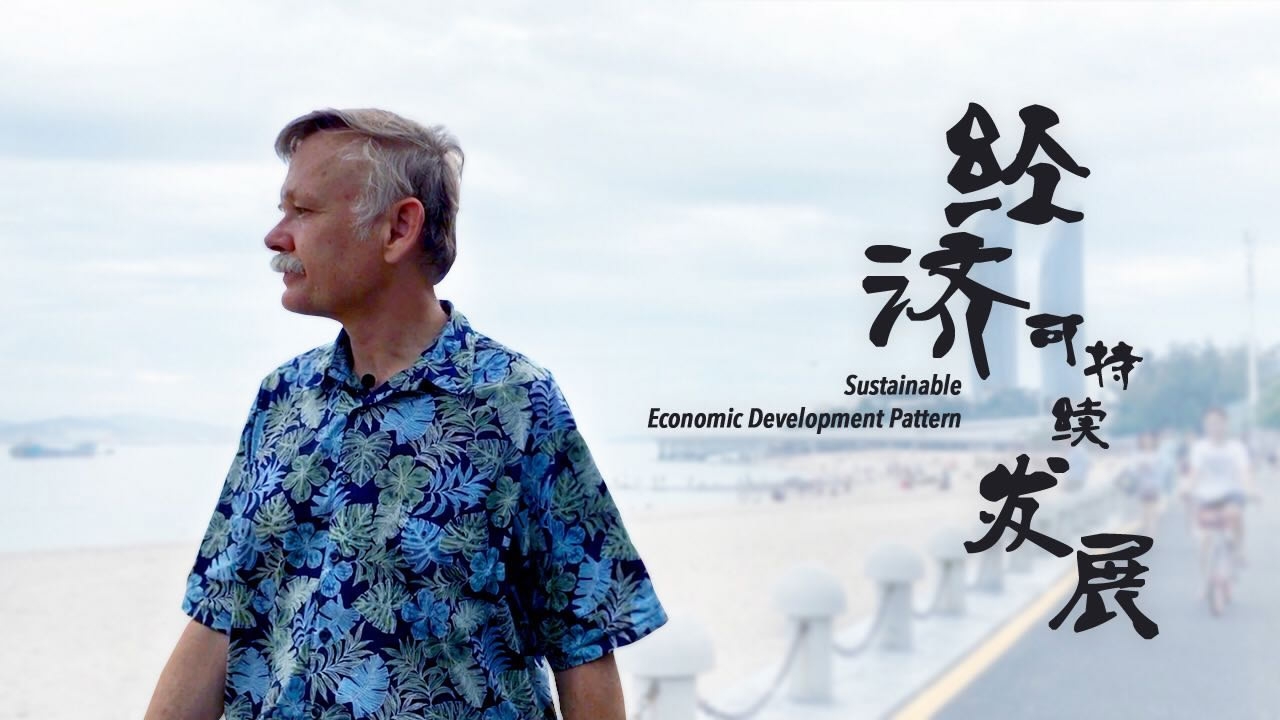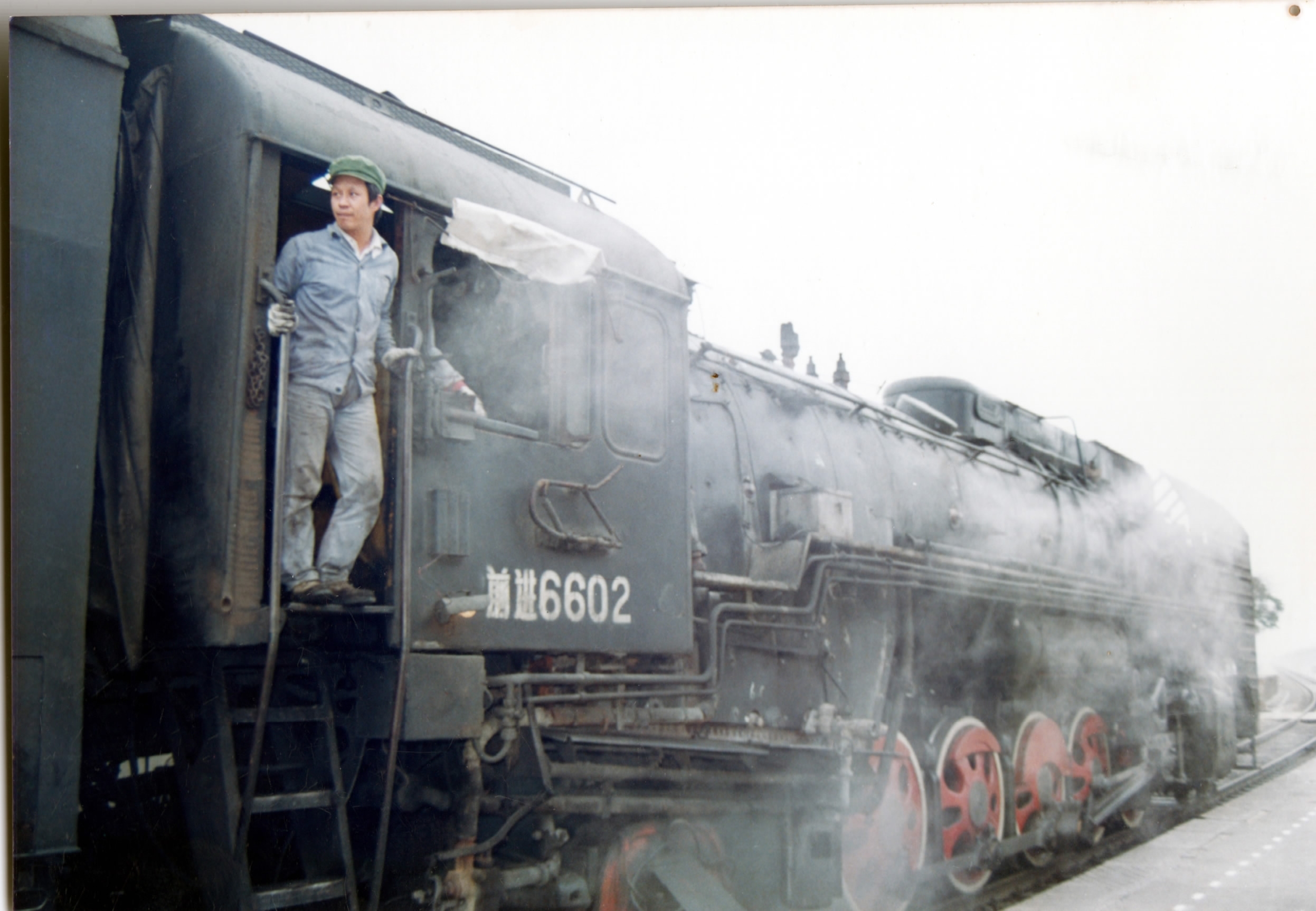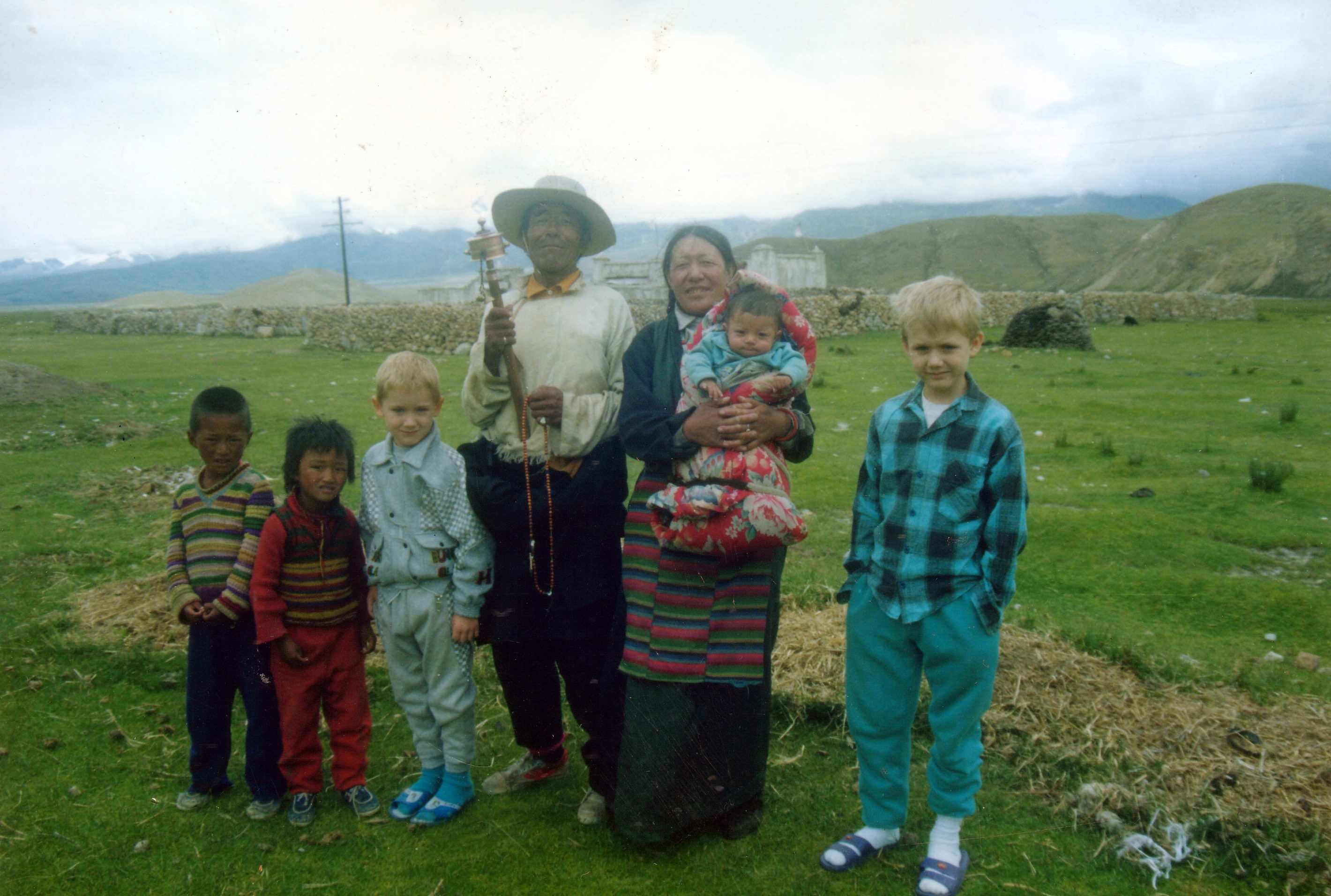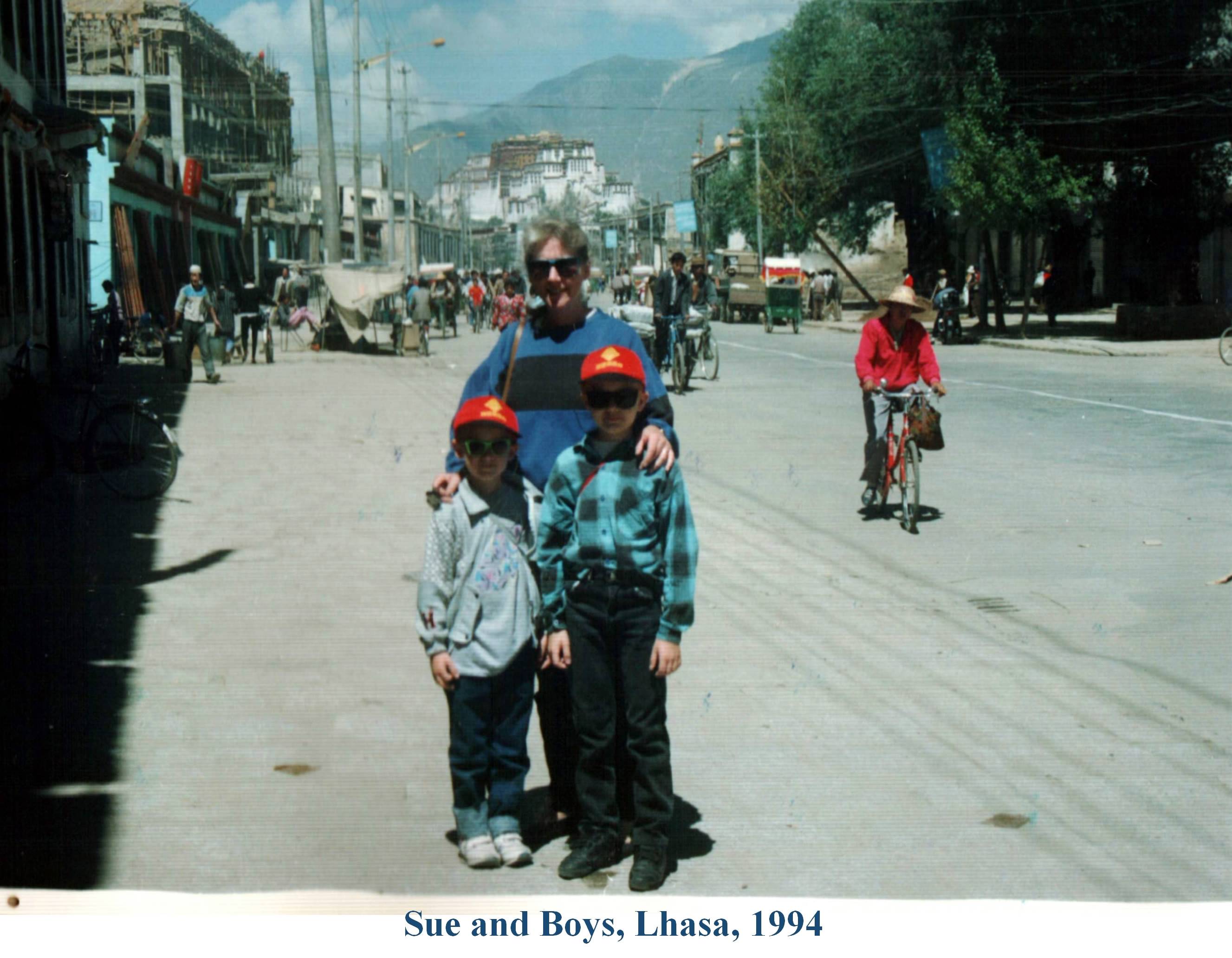
China
16:31, 30-Aug-2017
Economy: Sustainable development pattern
Zhang Yuchen and Zhang Wanbao

Bill recounted the lower standard of living in the first years after arriving in China. As people still exchanged food coupons for necessities in most places in the country, Brown found he couldn’t use real cash to purchase food.
But he soon found friendly locals who exchanged their food coupons with him. And when blackouts occurred or water supplies were cut off, neighbors quickly helped each other and the Browns.
But some problems weren’t so easily solved. He still remembers vividly spending three days traveling from Xiamen to Zhangzhou and back – a city only 56 kilometers away. He traveled by bus, boat and tractor to buy a granite millstone to grind quality flour for his homemade bread, since good bread wasn’t sold in stores.

A train in Xiamen in 1988/from William Brown's photo album
A train in Xiamen in 1988/from William Brown's photo album
With the help of a local assistant, Bill lugged the 220-pound millstone back to Xiamen. Today, three decades later, he can easily find food from any place in Xiamen and no longer needs to bake his own bread.
China’s rapid development over the past three decades has not been an utter surprise for Bill, given that he has studied China’s history and written a dozen books on China. His books contain many quotes from foreigners who over 100 years ago wrote about the peace-loving but competitive spirit of the Chinese. In 1907, Rev. John Macgowan wrote in his "Sidelights on Chinese Life":
“What the West has to fear is not the warlike spirit of the Chinese, which has never been a very important factor in their past history, but their numbers… The Chinese are a strong race, and can live in comfort, uneven luxury, on incomes that would mean starvation to American or Australian workmen,” said Rev. John Macgowan.

Brown's two boys with Tibetans when the family traveled around the country in 1994/from William Brown's photo album
Brown's two boys with Tibetans when the family traveled around the country in 1994/from William Brown's photo album
“The battle of the future with the yellow race will not be fought on any battlefield, but in the labor markets of the nations that they would invade.”
Macgowan’s prophecy has been fulfilled 100 years later.
When Brown traveled with his family in 1994 across the country, he found that even in the western impoverished areas, China already had a concrete, sustainable infrastructure plan aimed at future development.
“Unlike Western powers whose prosperity relied upon colonialism wars, China’s economic development has been peaceful and sustainable,” Brown told CGTN in an exclusive interview. “This gives us hope for the future peaceful development of the country.”

Susan Marie Brown and two sons in Lhasa, Tibet, in 1994/from William Brown's photo album
Susan Marie Brown and two sons in Lhasa, Tibet, in 1994/from William Brown's photo album
The year after his round trip of 40,000 km in China, he drove 40,000 miles around the US and Canada to make sure his two sons understood firsthand their American homeland.
“I still remember when we traveled around China that our youngest son asked each evening, 'Are we still in China?' After about a week, he asked, 'Is the whole world China?'"
But little Matthew had some funny perceptions of America as well. On the third day of their North American journey, Matthew asked, “Is there KFC in America?” That brought home to Bill that, for all four of them, Xiamen had become home. There’s no place like home – especially when that home is Amoy (Xiamen’s historic name).

SITEMAP
Copyright © 2018 CGTN. Beijing ICP prepared NO.16065310-3
Copyright © 2018 CGTN. Beijing ICP prepared NO.16065310-3